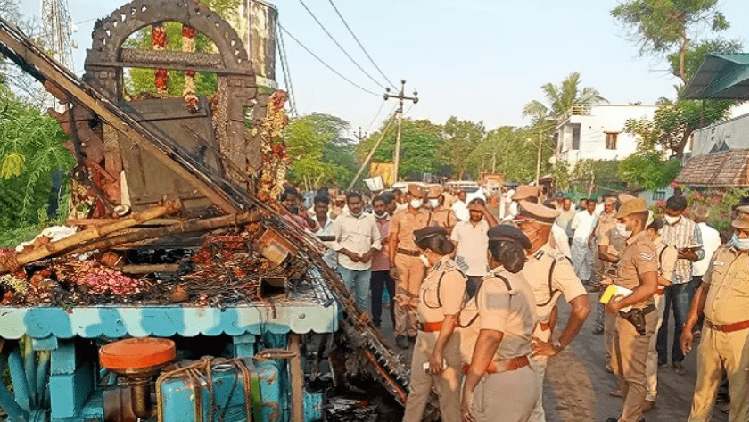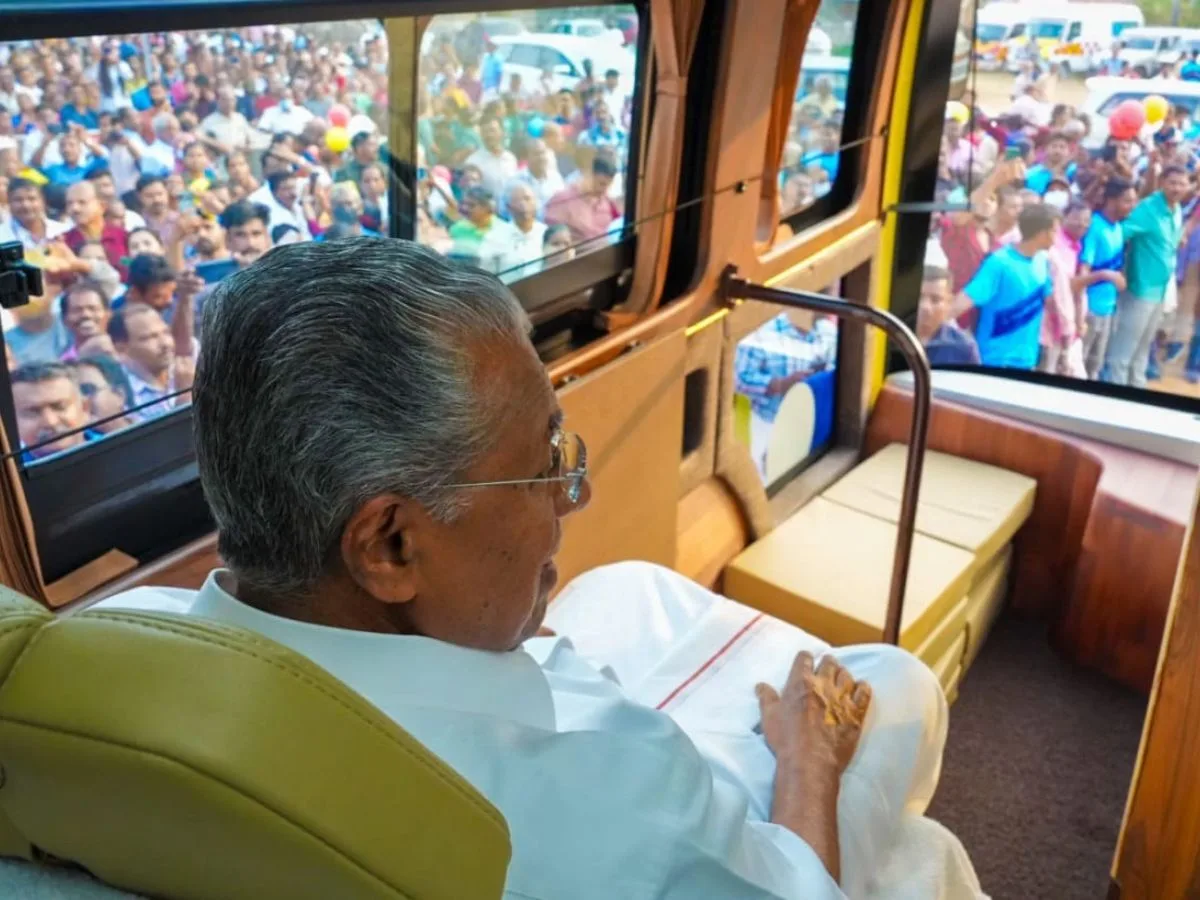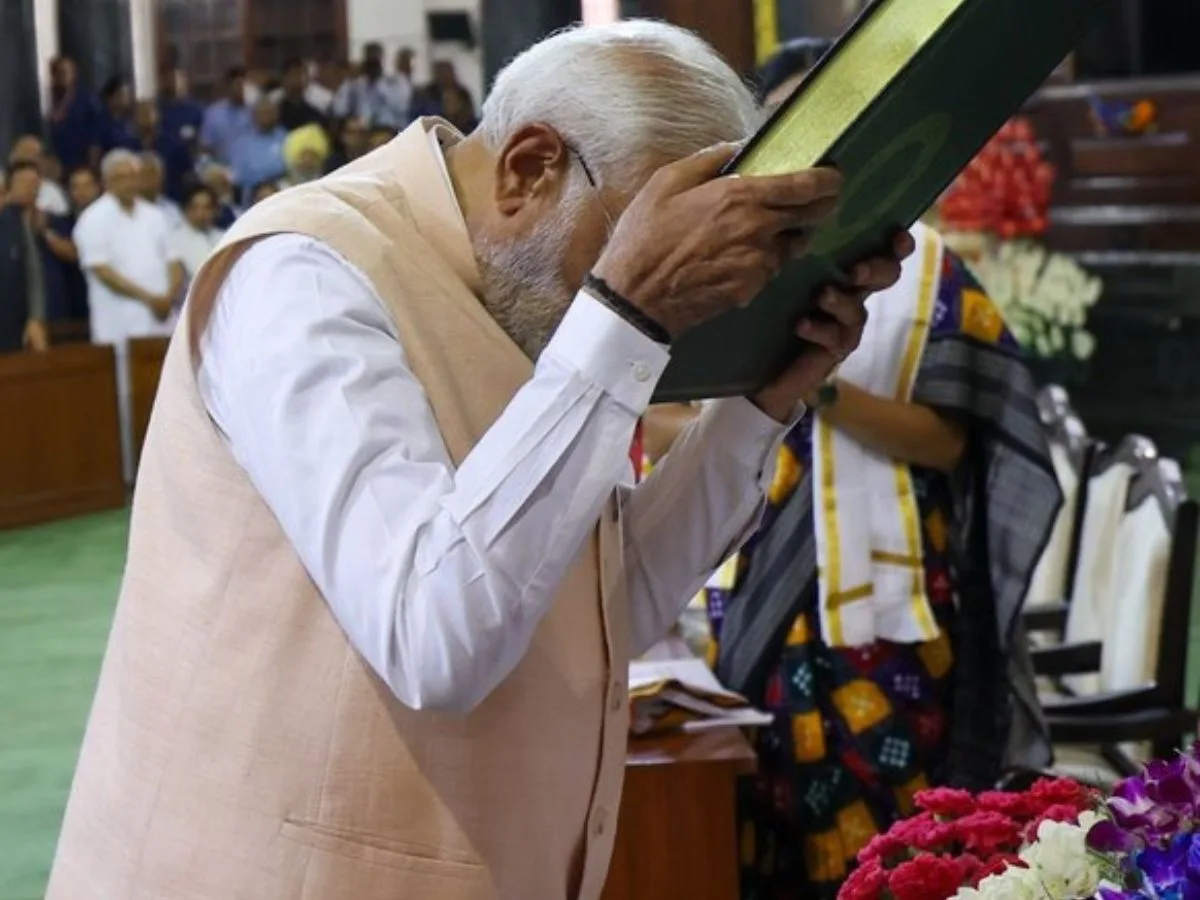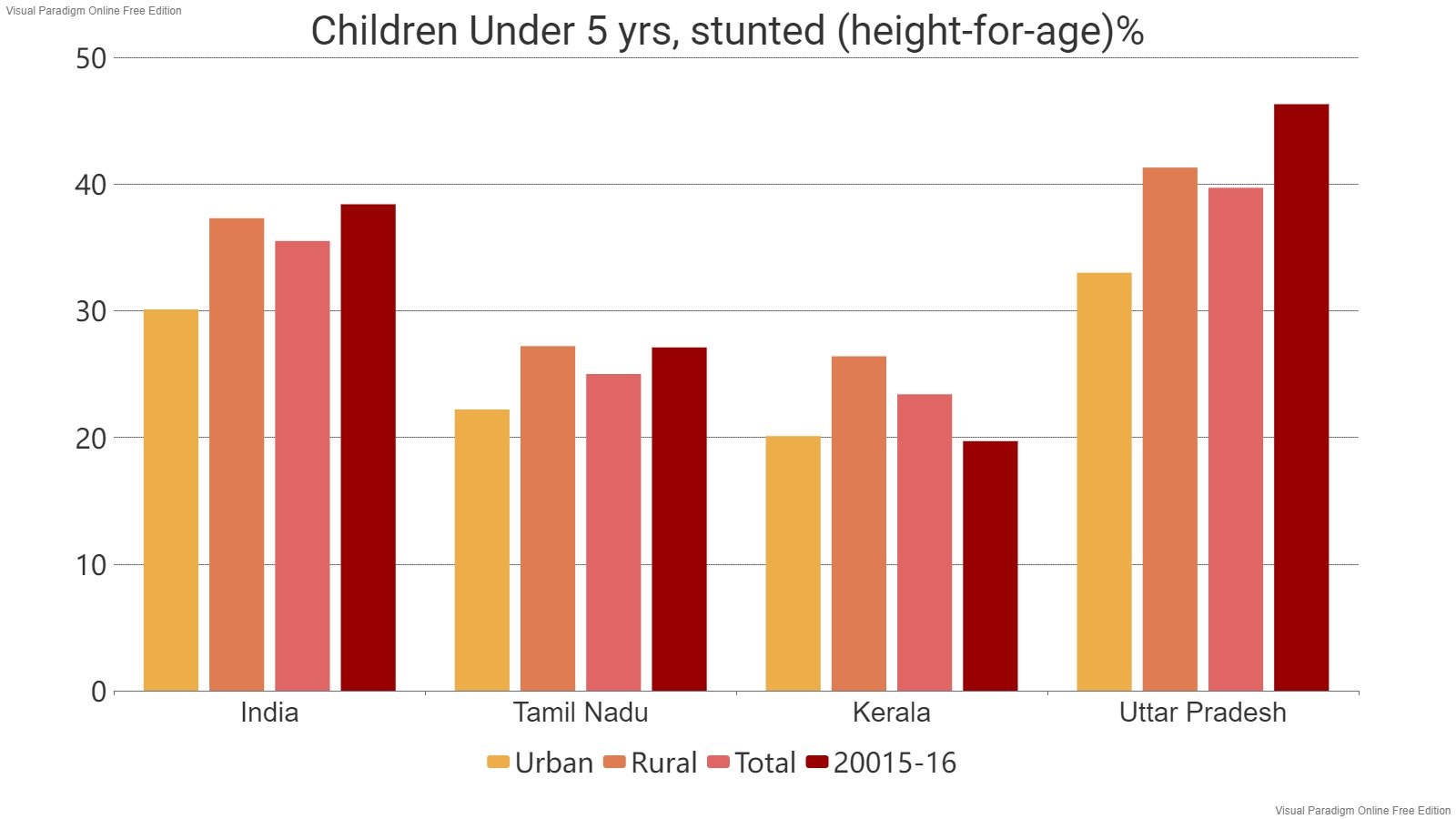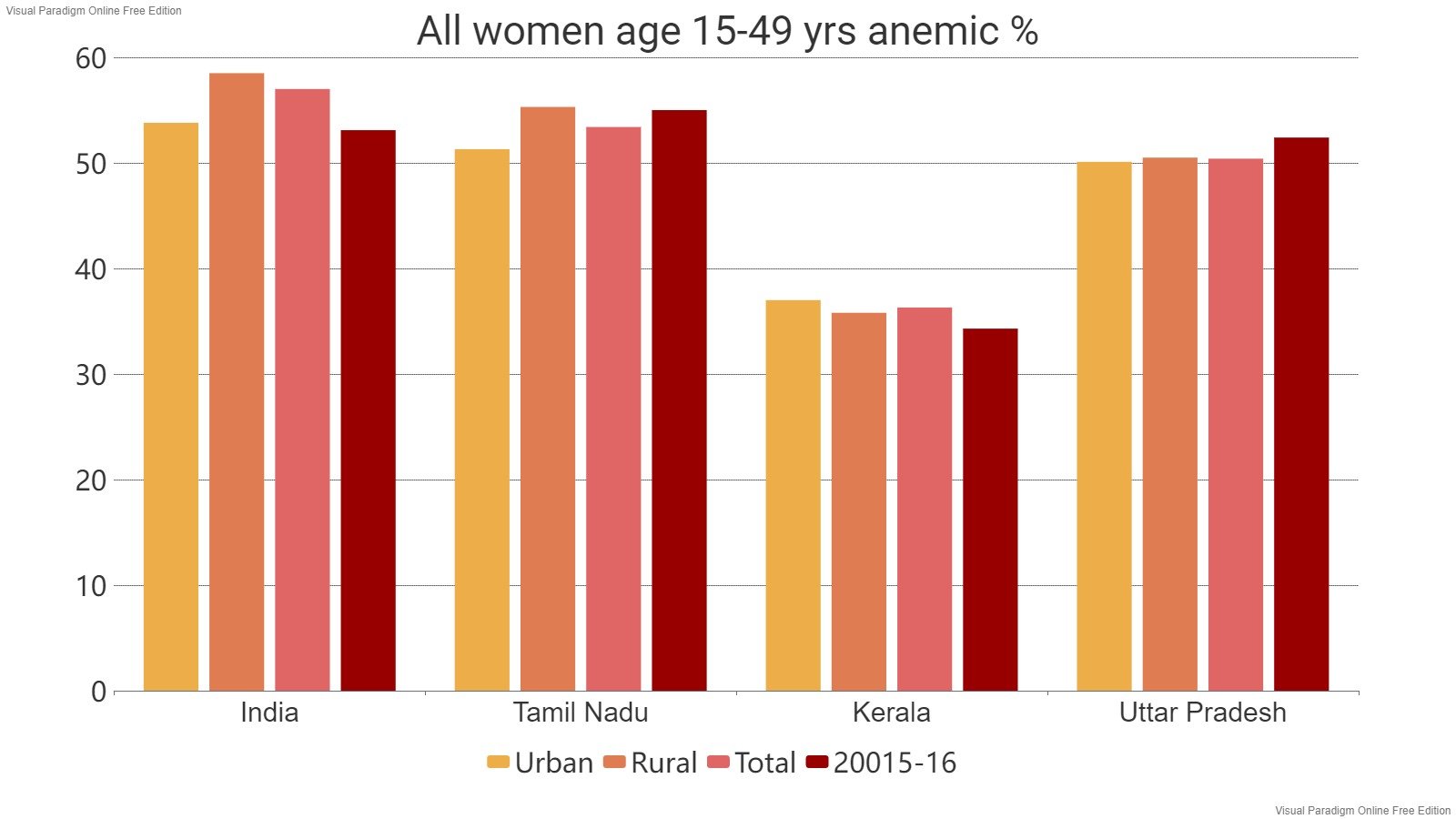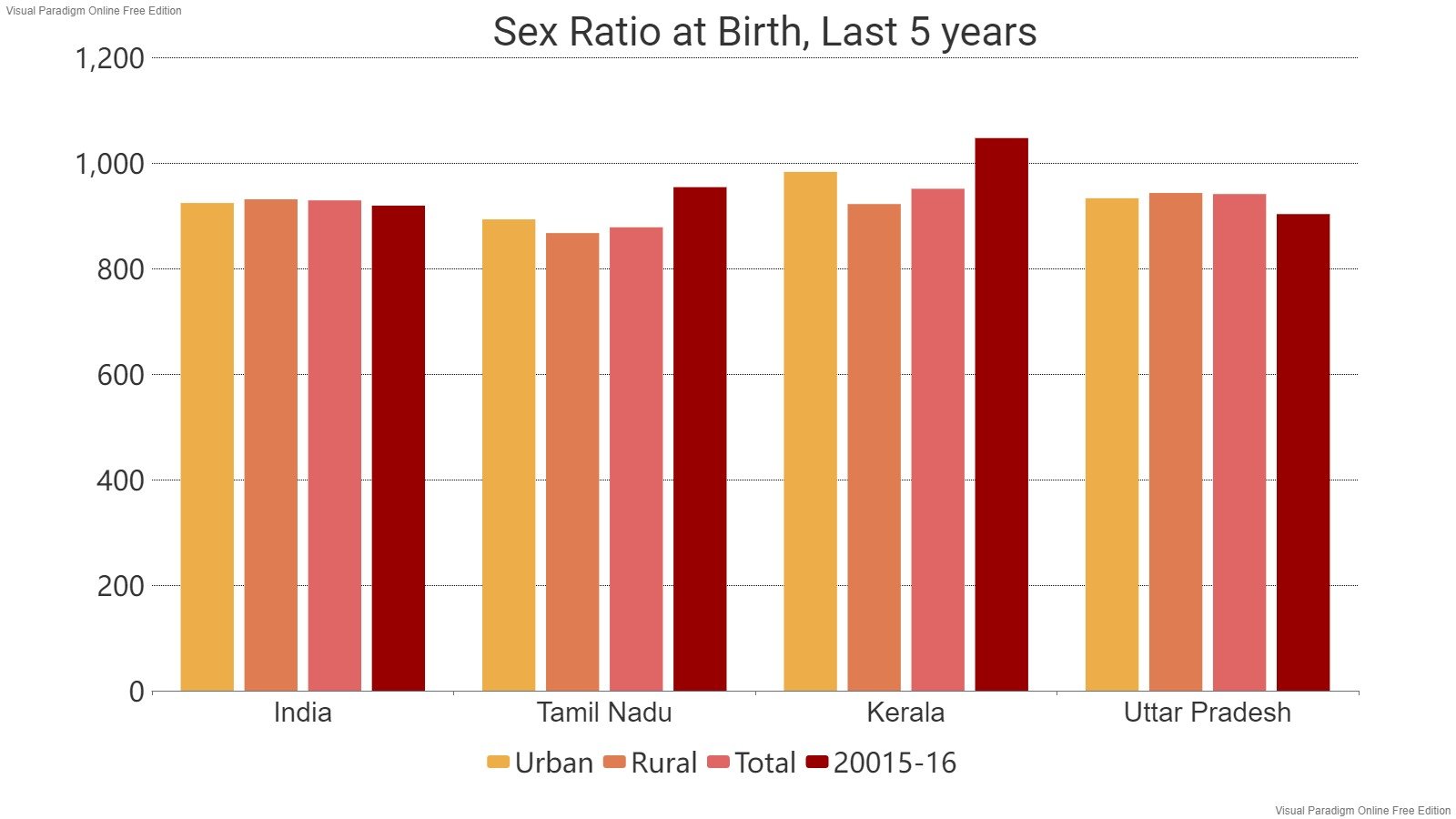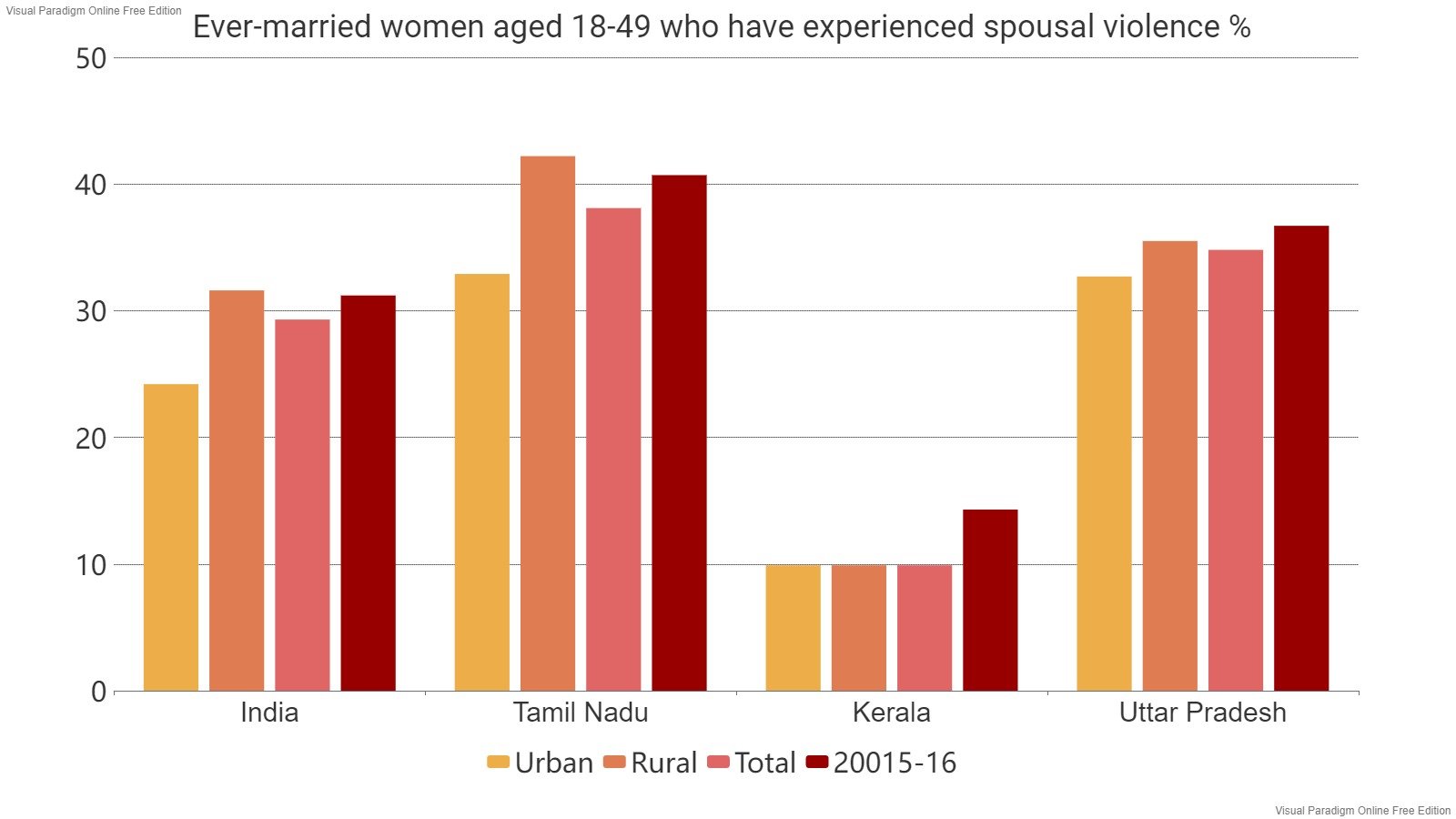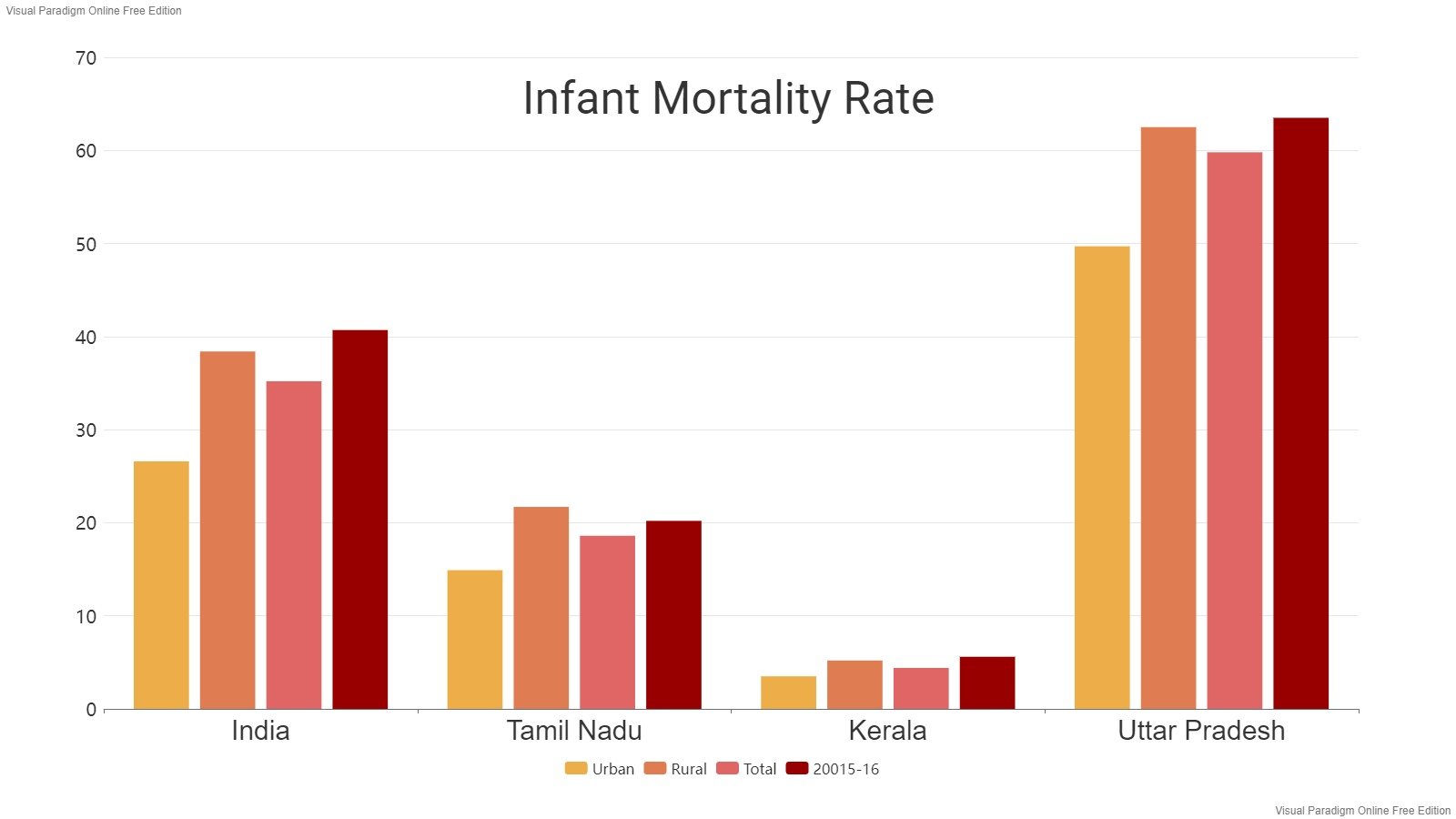Read in : தமிழ்
Key issues in the Kalimedu, Thanjavur, temple car accident include the navigation of such cars and safety precautions that need to be taken by festival organizers.
A temple car, which is often a massive structure, requires experience and skill to move and navigate it through streets around the temple that are often narrow, congested and winding.
Pulling the temple car is one aspect of the procession but navigating it is quite another, but perhaps one that is more important.
Sticks are used to turn the temple. The term used in Tamil, “those who put the stick”, to describe those who stop, slow down or turn the temple car has become a metaphor in the language. The man who puts the stick is someone who obstructs or confronts.
The job of those who put the stick is to slow down the car if it is going too fast, or turn the car while turning to other streets. Experience is essential in carrying out these tasks.
The term used in Tamil, “those who put the stick”, to describe those who stop, slow down or turn the temple car has become a metaphor in the language. The man who puts the stick is someone who obstructs or confronts.
The Kalimedu car was more a chariot, and much smaller than the massive ones in Tiruvarur and Srivilliputhur. Despite being small, the navigation of the car does need some skill. Reports say that young people did the task of “putting the stick”. They may have been enthusiastic about it but not mindful of the dangers involved. Clearly, no one had thought of a live wire above.
Apparently, the car reversed while turning since it ran into an obstacle. It likely backed up too much and grazed against a live and open cable. The car, or the chariot, had an electric generator installed to power the electric lights used to decorate the car.
Speaking in the assembly, HR & CE minister Sekar Babu said the car was a smaller vehicle, unlike the ones used in other temples.
Principal Secretary for revenue, Kumar Jayant, is inquiring into the accident as part of a panel. The cause of the accident would be determined by the panel.
 The car belonged to the Appar mutt of Kalimedu village in Thanjavur and was technically not a temple car. On the day the Saivite saint Appar attained salvation, which falls on the day of Sadhayam star, a guru pooja is performed for three days. The temple car procession started past midnight on Tuesday, April 26. The car was small but the superstructure was quite tall.
The car belonged to the Appar mutt of Kalimedu village in Thanjavur and was technically not a temple car. On the day the Saivite saint Appar attained salvation, which falls on the day of Sadhayam star, a guru pooja is performed for three days. The temple car procession started past midnight on Tuesday, April 26. The car was small but the superstructure was quite tall.
While turning on Budalur Road, the car grazed against the live cable. People who were in contact with the car on the front side were thrown away apparently due to the impact of the electric shock.
The Kalimedu temple car started on a narrow street. The accident happened as the car came to a junction where it had to turn towards the main road. While decorating the chariot and placing tall figurines on it, the organizers had not thought about the impact of the height.
Eye-witnesses account say that some people who realized what was happening jumped out of the car and were saved with injuries. Fire personnel were on the spot in a few minutes and put out the fire. But by that time 10 people had died. The fire department has said that no permission had been obtained from it for the procession.
Some 10 years ago, many died in accidents during temple car processions at the Chithirai festivals at Arani, Tiruvannamalai, and Nellorepettai, near Gudiyatham.
Some 50 people had moved away from the car since there was water stagnation at the accident spot. They were the ones who had a providential escape. If they had stayed close to the car or were in touch with it, casualties would have been higher.
Unconfirmed reports say that power had indeed been switched off in houses which means low tension wires in the area were not live. But the car had grazed against high tension wires, apparently. While the government has said proper permissions had not been taken for the procession, it is not known if the electricity board had indeed been informed.
Some 10 years ago, many died in accidents during temple car processions in Chithirai festivals at Arani, Tiruvannamalai, and Nellorepettai, near Gudiyatham. Following that, the government laid down norms for conducting temple car festivals including that public works department officials had to certify the integrity of the cars.
Read in : தமிழ்
